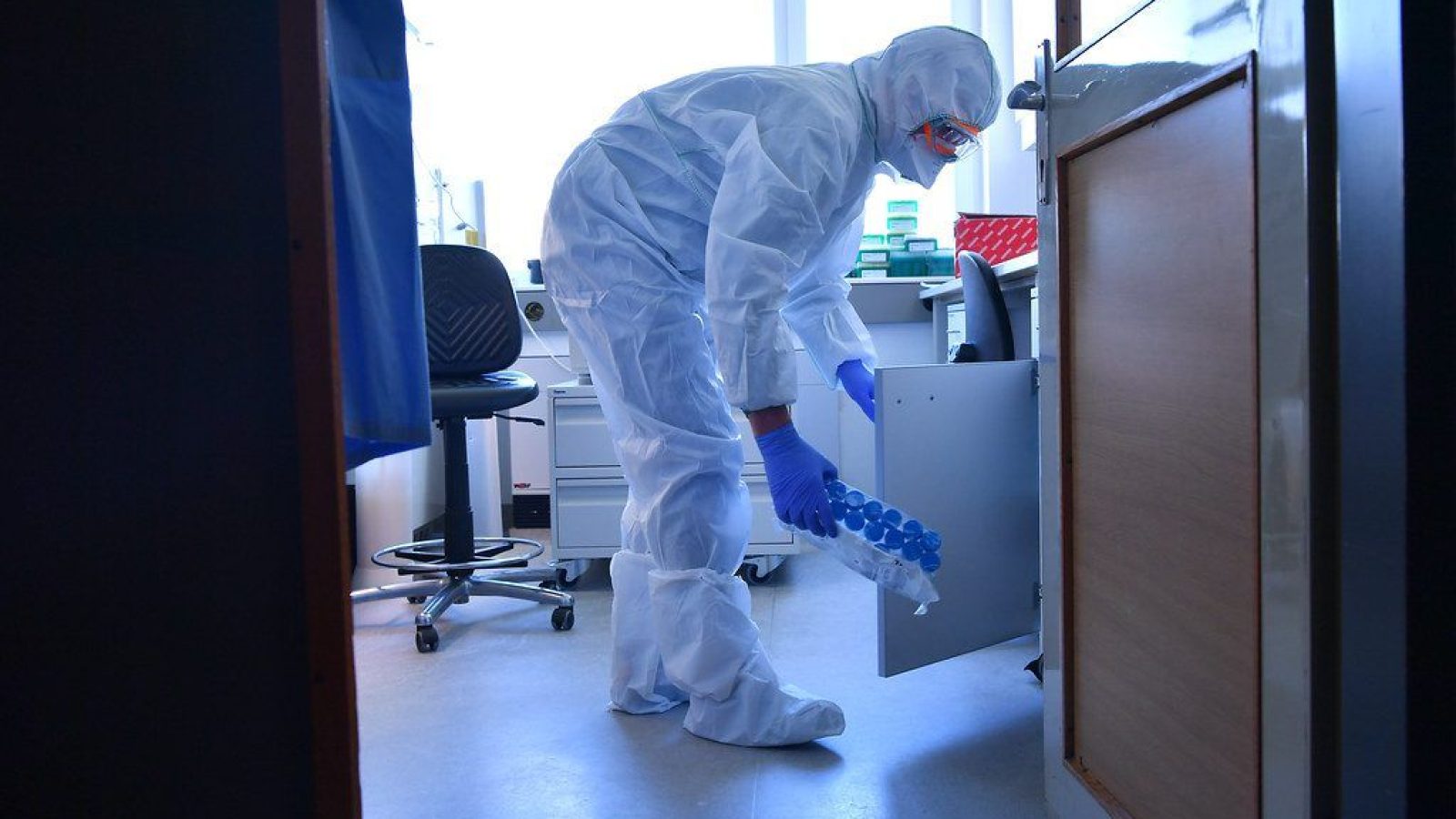According to a new analysis posted on Science Alert, a large percentage of COVID-19 deaths were not caused by COVID-19.
The paper states another infection was the cause of these deaths.
“A new analysis suggests that a high percentage of people who required help from a ventilator due to a COVID-19 infection also developed secondary bacterial pneumonia,” the paper says.
“This pneumonia was responsible for a higher mortality rate than the COVID-19 infection.”
The paper continues to say it was the use of a mechanical ventilator that was the cause of death.
“So while COVID-19 may have put these patients in the hospital, it was actually an infection brought on by the use of a mechanical ventilator that was more likely to be the cause of death when this infection didn’t respond to treatment,” the paper says.
“New paper in Journal of Clinical Investigation suggests that a large number of COVID deaths may have been caused by mechanical ventilators and other hospital complications, not COVID itself. This would explain the exceptionally high COVID mortality in e.g. Italy and NYC,” Kevin Bass PhD MS stated.
New paper in @jclinicalinvest suggests that a large number of COVID deaths may have been caused by mechanical ventilators and other hospital complications, not COVID itself.
This would explain the exceptionally high COVID mortality in e.g. Italy and NYC.https://t.co/8rTDuW2PcZ pic.twitter.com/yn0RQsBbET
— Kevin Bass PhD MS (@kevinnbass) May 12, 2023
Many people who claimed it was ventilators or remdesivir causing a large portion of COVID-19 deaths were censored, silenced, and smeared at the height of COVID insanity.
How many of us have loved ones who supposedly died of Covid, but were also put on ventilators and/or Remdesivir.
—
Most COVID-19 Deaths May Be The Result of a Completely Different Infection#Covid19 #Nuremberg2 #DiedSuddenly #DiedSuddendly#Fauci #CDChttps://t.co/rSKkDlTJtW pic.twitter.com/oAbVOAgNqL— CCBee (@SeaSeaBee) May 13, 2023
New paper peer-reviewed and published in the Journal of Clinical Investigation suggests most deaths in places like NYC and Lombardy in spring 2020, where ventilators were used widely, were attributable to ventilators and iatrogenesis rather than COVID itself. https://t.co/yL9g8yWfv1
— Michael P Senger (@michaelpsenger) May 12, 2023
So does this mean most COVID deaths were actually pneumonia caused by ventilators?https://t.co/FTYodGwY75
— Matt Braynard (@MattBraynard) May 12, 2023
From Science Alert:
“Our study highlights the importance of preventing, looking for, and aggressively treating secondary bacterial pneumonia in critically ill patients with severe pneumonia, including those with COVID-19,” says Benjamin Singer, a pulmonologist at Northwestern University in Illinois.
The team looked at records for 585 people admitted to the intensive care unit (ICU) at Northwestern Memorial Hospital, also in Illinois. They all had severe pneumonia and/or respiratory failure, and 190 had COVID-19.
Using a machine learning approach to crunch through the data, the researchers grouped patients based on their condition and the amount of time they spent in intensive care.
The findings refute the idea that a cytokine storm following COVID-19 – an overwhelming inflammation response causing organ failure – was responsible for a significant number of deaths. There was no evidence of multi-organ failure in the patients studied.
Instead, COVID-19 patients were more likely to develop ventilator-associated pneumonia (VAP) and for longer periods. Cases where VAP didn’t respond to treatment were significant in terms of the overall mortality rates in the study.
ADVERTISEMENT“Those who were cured of their secondary pneumonia were likely to live, while those whose pneumonia did not resolve were more likely to die,” says Singer.
“Our data suggested that the mortality related to the virus itself is relatively low, but other things that happen during the ICU stay, like secondary bacterial pneumonia, offset that.”
The study, found in The Journal of Clinical Investigation, was published April 27, 2023.
BACKGROUND. Despite guidelines promoting the prevention and aggressive treatment of ventilator-associated pneumonia (VAP), the importance of VAP as a driver of outcomes in mechanically ventilated patients, including patients with severe COVID-19, remains unclear. We aimed to determine the contribution of unsuccessful treatment of VAP to mortality in patients with severe pneumonia.
METHODS. We performed a single-center prospective cohort study of 585 mechanically ventilated patients with severe pneumonia and respiratory failure, 190 of whom had COVID-19, who underwent at least one bronchoalveolar lavage. A panel of ICU physicians adjudicated pneumonia episodes and endpoints based on clinical and microbiologic data. Given the relatively long ICU length of stay among patients with COVID-19, we developed a machine learning approach called CarpeDiem, which groups similar ICU patient-days into clinical states based on electronic health record data.
RESULTS.CarpeDiem revealed that the long ICU length of stay among patients with COVID-19 is attributable to long stays in clinical states characterized primarily by respiratory failure. While VAP was not associated with mortality overall, mortality was higher in patients with one episode of unsuccessfully treated VAP compared with successfully treated VAP (76.4% versus 17.6%, P < 0.001). In all patients, including those with COVID-19, CarpeDiem demonstrated that unresolving VAP was associated with transitions to clinical states associated with higher mortality.
CONCLUSIONS. Unsuccessful treatment of VAP is associated with greater mortality. The relatively long length of stay among patients with COVID-19 is primarily due to prolonged respiratory failure, placing them at higher risk of VAP.



Join the conversation!
Please share your thoughts about this article below. We value your opinions, and would love to see you add to the discussion!